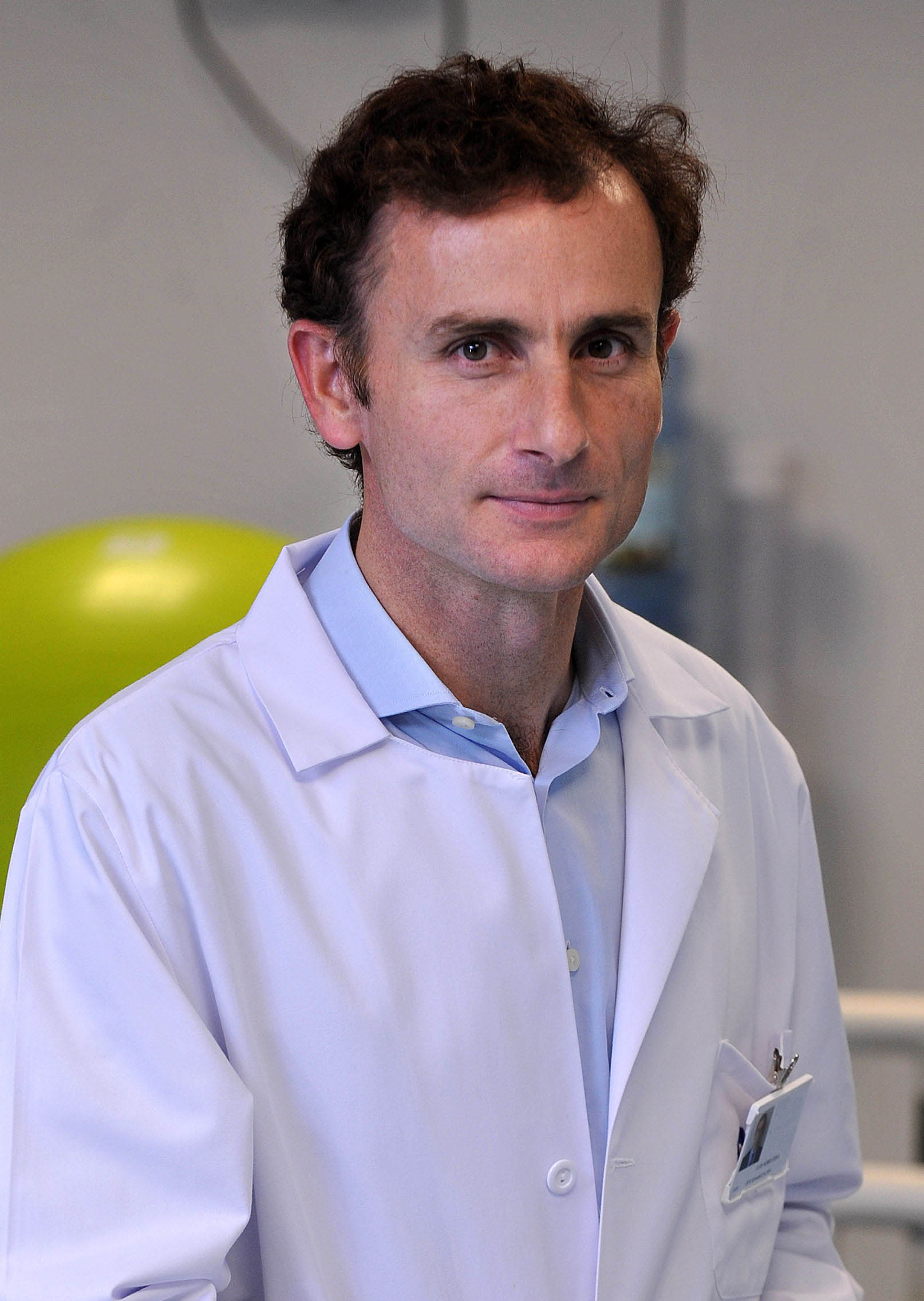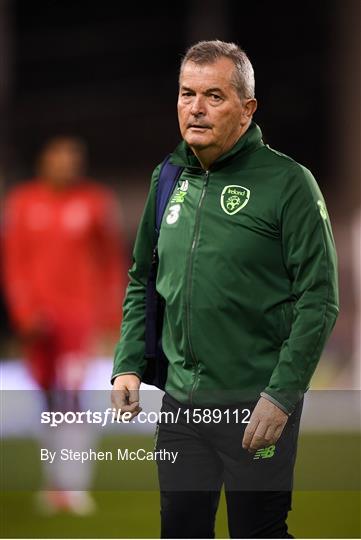
Category: Blog


‘The benefits of Cryotherapy’ with Dr Chris Bleakley
|

The Challenges of working as a Sports Physician in professional football

Dr Alan Byrne on the relationship between Manager and team Doctor in Football.
What is Patellar Tendinopathy?
Imagine a pack of dry spaghetti – these are the collagen fibres that make up a tendon (you have a mix of type 2 and 3). Tendinopathy is a continuous process where a few fibres initially fail – imagine wet spaghetti amongst the dry. These then snap and packets of fluid collect in the structure – eventually, the tendon swells and is painful to take the load – some tear or snap, but this is rare. It is difficult to manage, Shock Wave, Platelet Rich Plasma and heavy weight lifting are used along with surgery. We still do not understand fully the genetic process.
What is the best treatment for tendonitis of the knee?
- Establishing hip strength early is important.
- Good eccentric quadriceps strength should be developed through exercises such as box squatting.
- Put an emphasis on excellent single leg control throughout rehabilitation.
- Do not underestimate the role the trunk has on lower limb biomechanics and on loading the knee.
- Ensure to include dynamic tasks such as running and jumping mechanics during all rehabilitation management strategies.

Rehabilitation focusing on addressing lower limb biomechanics is important in preventing overload of the patellar tendon issues.
Can you fully recover from patellar tendinitis? High recurrence rates 20% are often associated with patellar tendinopathies.
What are the typical causes of patellar tendinitis? It comprises 1.5% of all injuries in soccer
How long does patellar tendinopathy take to heal? 38% of patellar (knee) tendinopathies result in absence between 8-28 days.
Owen Hargreaves was limited to 9 first-team appearances from 2008-2012 mainly due to patellar tendon issues.
| Click here for the full infographic |









